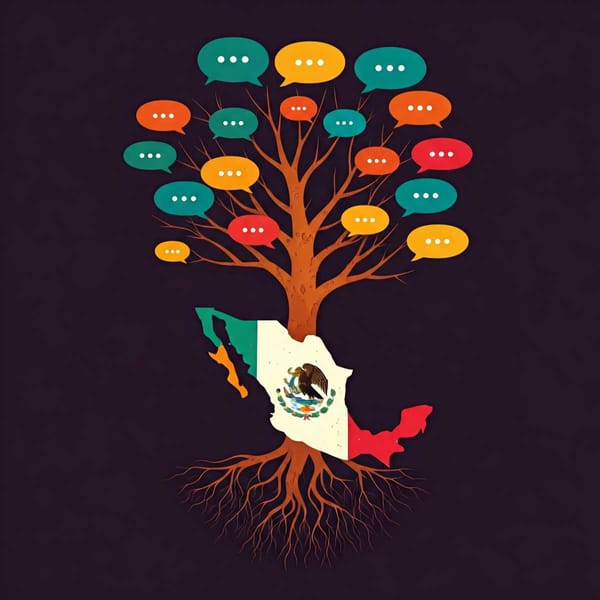Gamifying Blockchain: How NFTs and Gaming Are Converging

The dynamic landscape of technology has paved the way for unique intersections, and one such convergence is between non-fungible tokens (NFTs) and gaming. In this exploration, we delve into the amalgamation of NFTs and gaming, the rise of play-to-earn games, the integration of NFTs in game economies, challenges, opportunities, and the exciting prospects that lie ahead.
Two groundbreaking technologies, blockchain and gaming, are colliding in an unprecedented manner, giving rise to a novel phenomenon: gamified blockchain. As non-fungible tokens (NFTs) gain momentum in the world of digital assets, they're finding an intriguing home within the gaming landscape.
Understanding NFTs
Non-fungible tokens are unique digital assets that are indivisible and verifiable on the blockchain. Unlike cryptocurrencies such as Bitcoin, each NFT represents a distinct item, piece of art, or collectible, making it one-of-a-kind.
In addition, NFTs have transformed the concept of ownership in the digital realm. They provide a secure and transparent way to prove ownership and authenticity of digital assets, leading to new opportunities in various domains, including art, music, and gaming.
The Rise of Play-to-Earn Games
Play-to-earn games empower players to earn NFTs and cryptocurrencies by participating in gameplay. Options like rocket gambling game flip the traditional gaming model by allowing players to monetize their time and skills.
Also, play-to-earn games create economic opportunities for players, especially in regions with limited employment prospects. Individuals can earn a living or supplemental income through virtual activities.
NFT Integration in Game Economies
NFTs bring a new level of ownership and value to in-game items. Players can buy, sell, and trade NFT-based assets both within and outside of game ecosystems, blurring the lines between virtual and real-world ownership.
NFT integration transforms players into stakeholders within game economies. Decisions about in-game assets and their value are influenced by the collective choices of the gaming community.
Challenges and Opportunities
The convergence of NFTs and gaming brings innovative possibilities, but it also raises concerns about scams, fraud, and the ethical use of digital assets. The industry must navigate these challenges while fostering innovation.
NFTs have faced scrutiny for their environmental impact due to energy-intensive blockchain processes. Developers are exploring eco-friendly alternatives to address these concerns.
Future Prospects
The relationship between NFTs and gaming is still in its nascent stages. As technology advances and creativity flourishes, we can expect to see even more innovative applications that harness the potential of this convergence.
The play-to-earn model and NFT integration could accelerate the adoption of cryptocurrencies and blockchain technology by making them more accessible and relevant to a broader audience.
Summary
The combination of NFTs and gaming is changing both industries. NFTs link ownership with digital stuff, transforming how gamers interact with virtual worlds. Games where you can earn while playing are giving people new ways to make money. Adding NFTs to game economies makes things different and challenges old ideas about who owns what in virtual worlds. This mix has huge potential, though we need to solve problems about safety, ethics, and the environment. As technology improves, the chances for NFTs and gaming to work together grow, leading to new ideas that break boundaries and change what's possible. The future could bring a gaming world on the blockchain where players aren't just users, but also creators in a lively digital universe.




